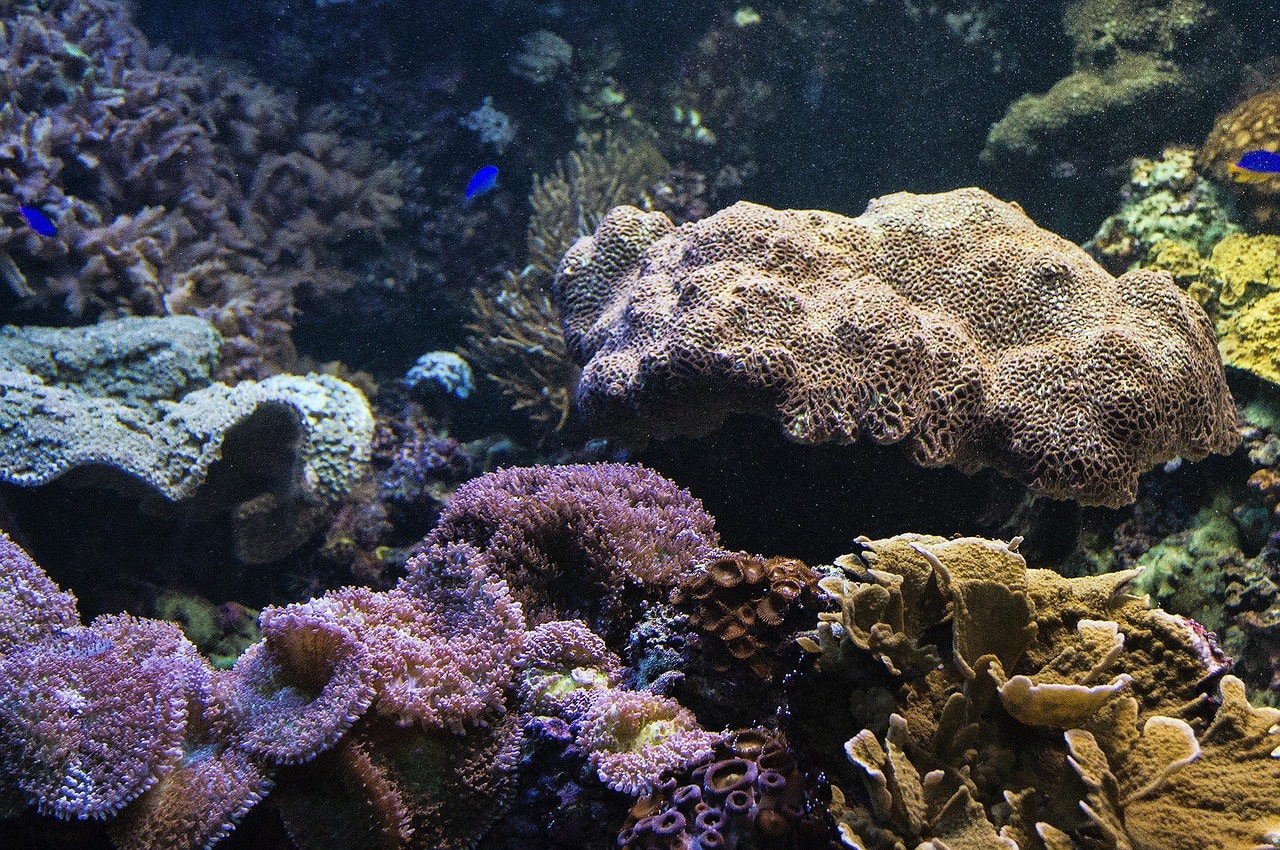Like most living animals and plants, corals also become stressed. It usually occurs when their habitats or the conditions they thrive in, changes. Their habitat can change for many reasons, which includes a shift in light, nutrients and temperatures that disrupt them. Once any of these factors effect them, they start to expel symbiotic algae, which lives in their deepest tissues. Once this happens, they also turn entirely white.
Factors that Causes Coral Bleaching
- Changes in the ocean’s temperature – Generally caused by climate change and is the number one cause of coral bleaching.
- Overexposure to sunlight – Once temperatures rise, solar irradiance contributes to bleaching in shallower water corals.
- Pollution of any kind – Did you know that storms that cause it to rain, can lead to the ocean to become diluted faster, which causes corals to turn white? Any form of pollution, including plastic, can cause coral bleaching.
- Low tides – Abnormally low tides cause bleaching in shallow corals.
Are Corals Able to Survive Bleaching?
Should the stress caused by bleaching not be too severe, then the answer is, yes. If, however, the loss of algae surrounding coral reefs lasts for a long time, and the stress should continue, a range of coral species could die all at once.
When temperatures rise, coral bleaching can also occur, as a result of a corals’ instinct to expel algae that live in their tissues and around them, which again, causes the coral to no longer be able to thrive and turn completely white.
Many coral reefs all around the world have experienced coral bleaching within the last two decades, as a result of rising temperatures. One popular case, was when coral reefs located in the Caribbean, endured massive permanent bleaching in 2005. According to scientists, it occurred due to thermal stress.
Get water dispensers and water dispenser prices from Living-Water in London.






